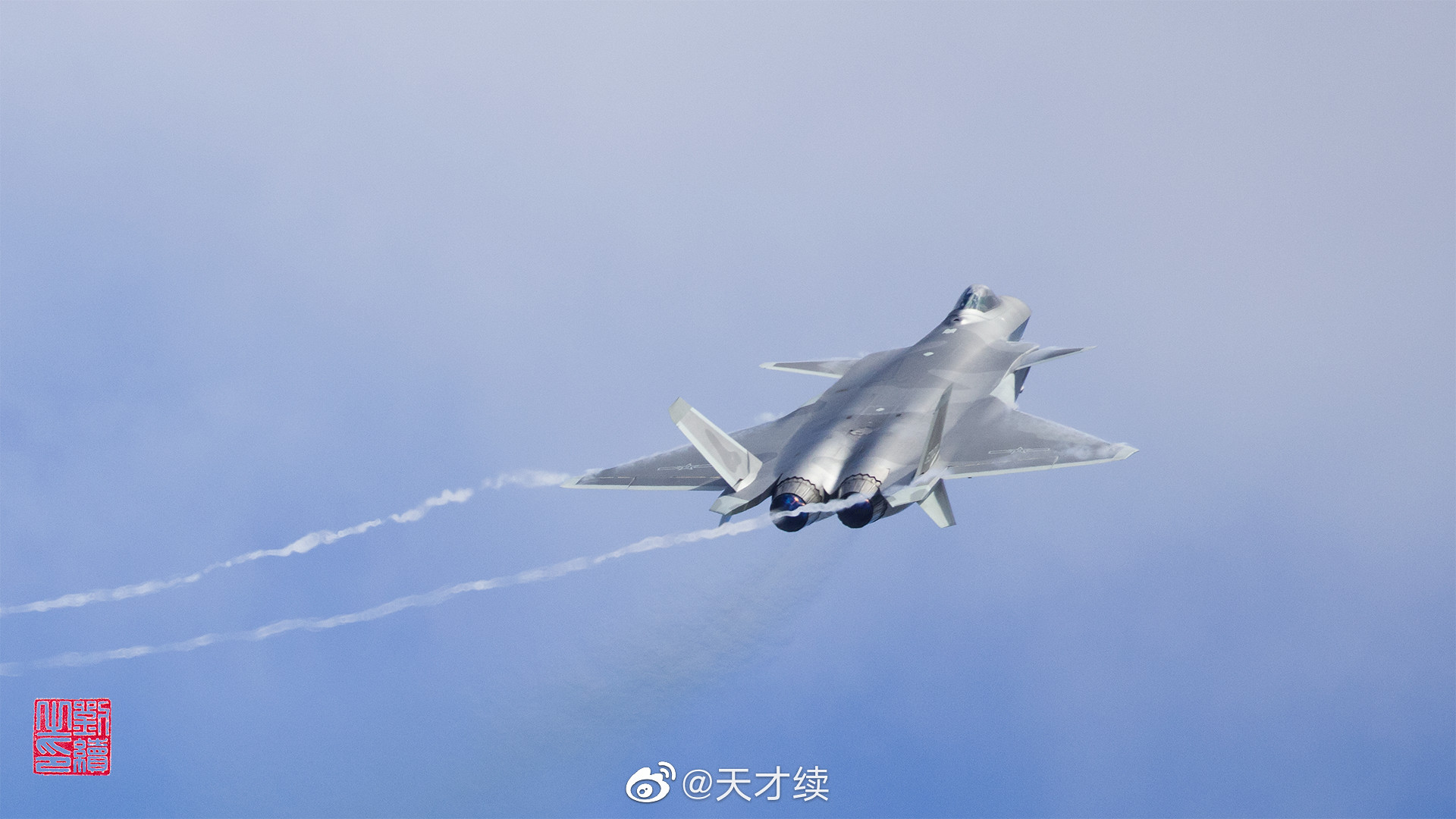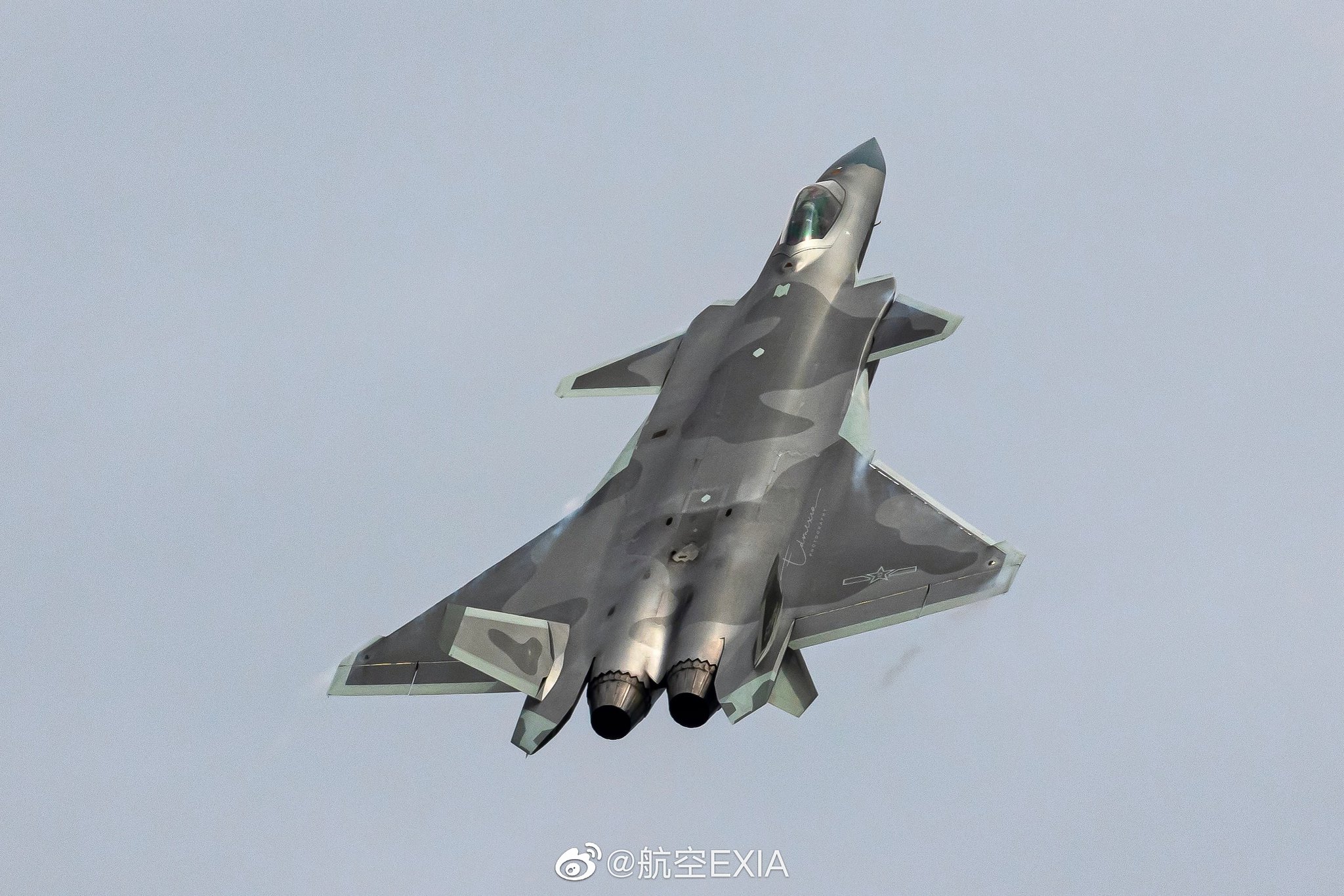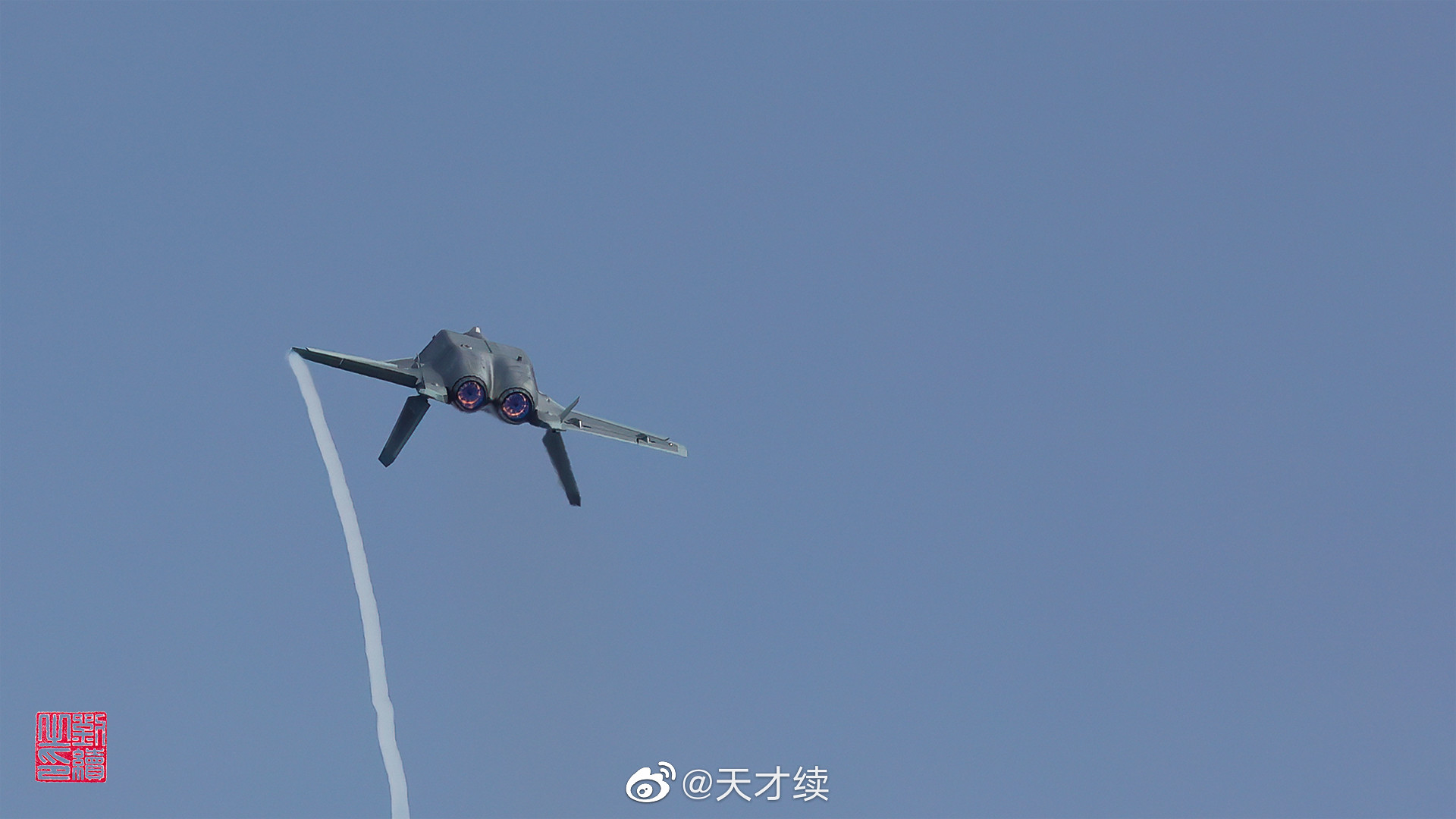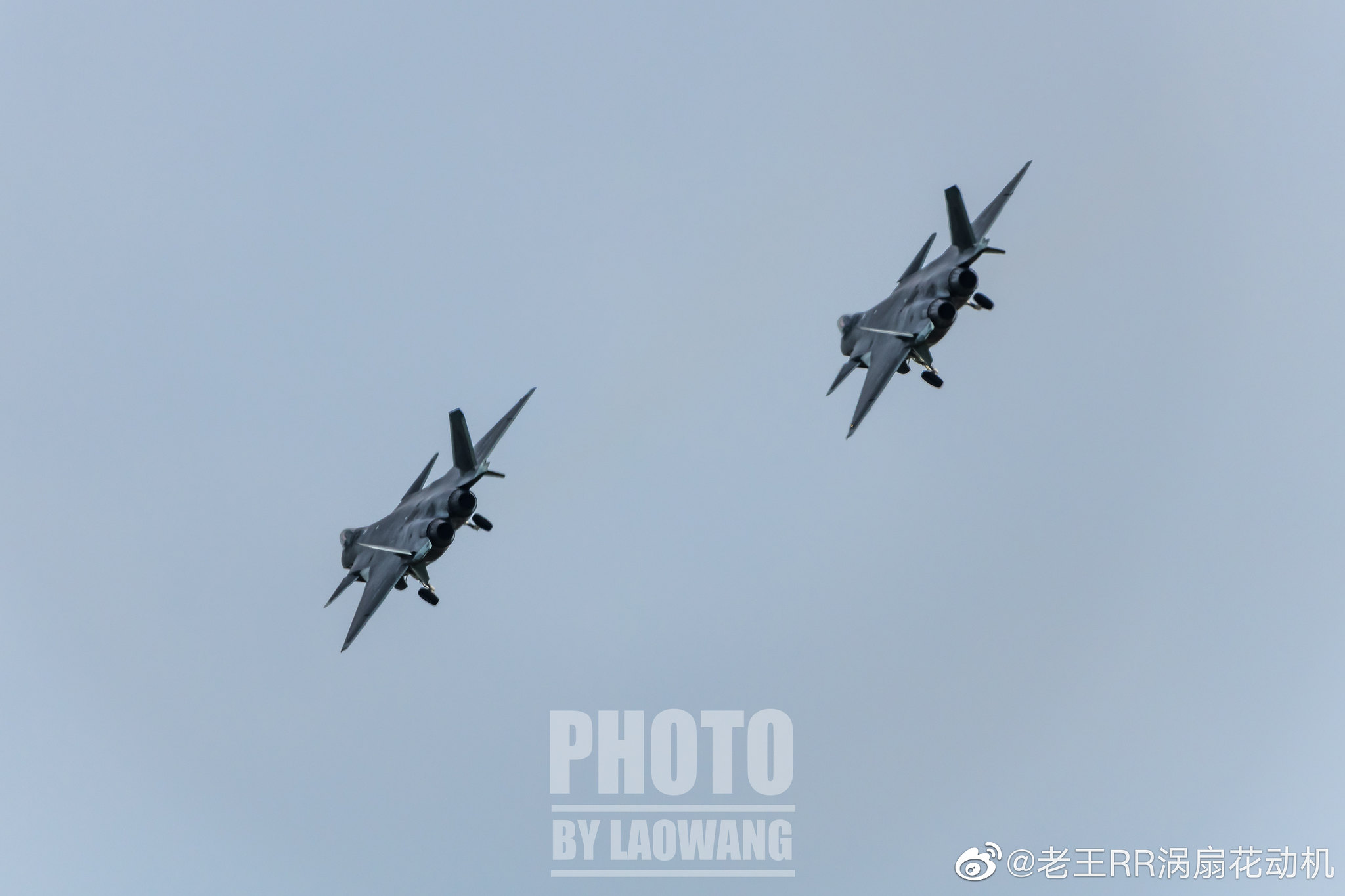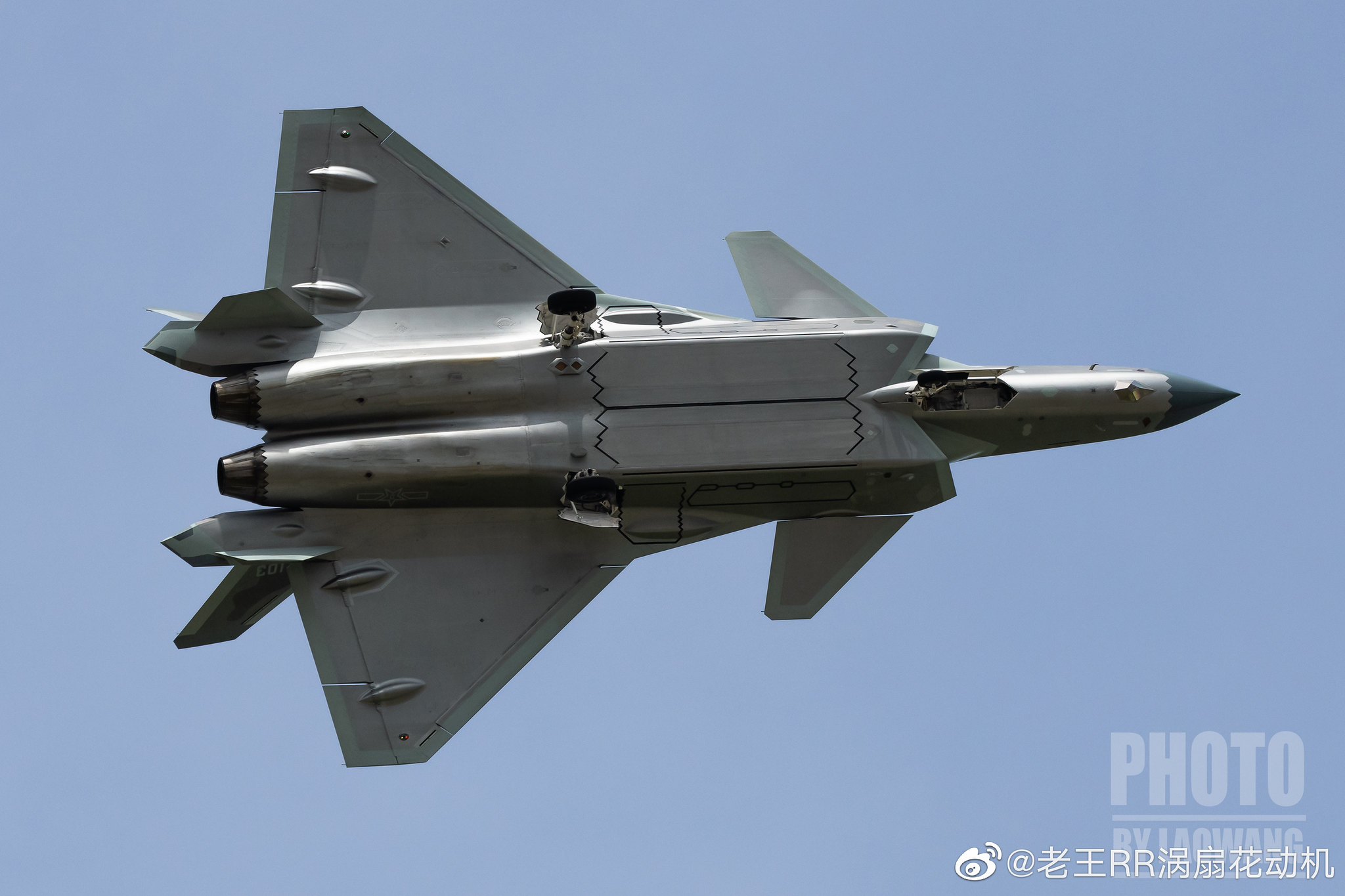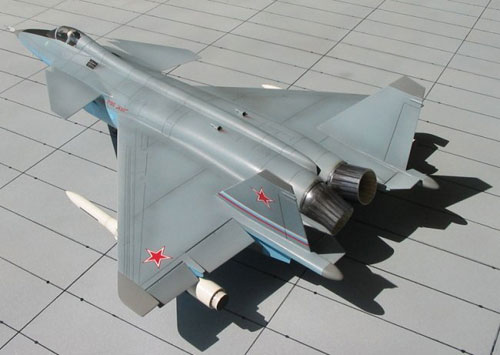Speculations appeared in the Russian and Western press about the aerodynamic similarity of the Chinese J-20 fighter and the experimental Russian 1.44 fighter developed by the MiG Design Bureau in the mid-1990s, which includes an enlarged fuselage, Canards and ventral fins. In this regard, the General Designer of the
MiG Design Bureau, V. Barkovsky, agreed to give Kanwa an exclusive interview (the position is indicated by the magazine; on the RSK website it is indicated: Deputy General Director - Director of the Engineering Center "OKB named after A.I. Mikoyan"). According to him, the 1.44 was demonstrated in the mid-1990s, and the PRC expressed great interest in this prototype aircraft and sent a special delegation to Russia to more fully study the development of the 1.44 project. But the MiG design bureau has never held any negotiations with the Chinese on this issue. MiG did not even provide the Chinese side with photographs, and its representatives did not make presentations or speak to the Chinese.
In the same period, the PRC was engaged in the redesign of the JF-17 fighter with the help of the MiG Design Bureau, as a result of which the aerodynamics of the fighter was deeply modernized. JF-17 has lost almost all the features of the MiG-21. Is it possible to assume that the Chinese side took advantage of the opportunity and received some blueprints for 1.44? Answering this question, V. Barkovsky said that it is absolutely impossible.
According to him, in Russia there is a strict control over secret technical information. With the exception of separate bilateral programs on which the parties worked together, the Chinese had no opportunity to establish contacts and receive any information about the 1.44 project. This procedure was introduced not only in relation to the Chinese - Russian employees, in principle, cannot bypass the protection system that was created during the Soviet era.
He also added that “this is an imitation - it seems impossible for the Chinese to copy a combat aircraft from the past. Rather, such an imitation is aimed at a promising combat aircraft. In general, in my opinion, the J-20 project includes all the key features of the next generation fighter. Some elements of the F-35 are visible in it, the nose strongly resembles the F-22, there are features of the T-50. In approaches to the design of combat aircraft, the Chinese grew up on the basis of the Soviet system, which is actually a very good start. He believes that this is an acceptable approach in the design of combat aircraft, given the situation in China.
Modern 5th generation fighters usually do not have canards. How does canards affect stealth? Answering this question,
the General Designer noted: “The main principle of any aircraft designer is compromise and again compromise. When you take into account one factor, other factors can be weakened to a greater or lesser extent, and it is impossible to achieve perfection in all directions. As for stealth, what is the standard? I believe the tasks of the J-20 determine the type of aerodynamics. In my observation, the J-20 is not exclusively an air superiority fighter. It is rather a multi-functional fighter. How can you compare it with the F-22? In my opinion, an aspect of key importance is the fact that the J-20 was presented to the public a year after the first flight of the T-50, and this underlines the fact that the Chinese are now implementing their own fighter project.
According to V. Barkovsky, “looking at the aerodynamic features of the canards and ventral fins, we must keep in mind that this is a full-scale improvement of the project. In other words, it should improve the ability to fly at supersonic speeds and improve maneuverability. Therefore, the ventral keel favors the stability of the fighter at high speeds. With regard to engine thrust, according to V. Barkovsky, it remains unclear what type of engine is installed on the J-20 or what engine will provide supersonic speed. Nevertheless, the general approach to the aircraft design suggests that the designers paid great attention to the possibility of flying at supersonic speeds and laid significant potential for further development.
Andrey Frolov
В российской и западной прессе появлялись спекуляции на тему аэродинамической схожести китайского истребителя J-20 и опытного российского истребителя 1.44 разработанного КБ «МиГ» в середине 1990-х гг., которая включает увеличенный фюзеляж, ПГО и подфюзеляжные кили. В связи с этим генеральный...

vpk.name

